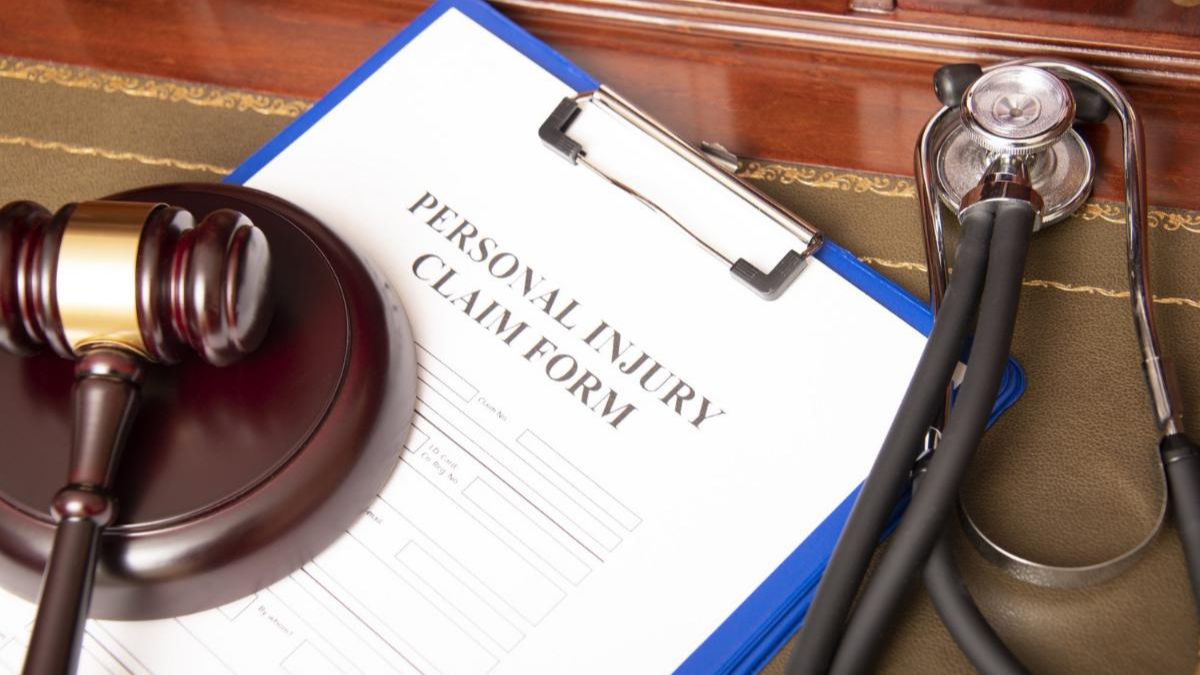Personal injury claims result from someone else’s purposeful or careless behaviour causing injury to an individual. Claiming such a thing can be difficult and requires strong evidence. The main types of evidence required to successfully support a personal injury claim are investigated in this article.
Types of Evidence in Personal Injury Claims
For a strong claim, personal injury lawyers require many types of evidence. Every type helps to demonstrate responsibility and show the degree of damages incurred.
1. Medical Records and Bills
Medical records are among the most important bits of evidence in every personal injury lawsuit. This covers treatment notes, hospital records, diagnostic tests, and medical care-related bills. These records show the injuries received as well as assist in determining the financial burden on the harmed party.
2. Photographic Evidence
Pictures can offer a striking graphic depiction of the event and its aftermath. Pictures of the incident, the injuries, and any property damage can help to determine the degree of the harm and the way it happened. When this material catches specifics that could be missed in oral histories, it is especially powerful.
3. Witness Statements
Eyewitness statements can greatly strengthen a personal injury claim. By offering objective observations on the incident, witnesses help to define its occurrence. Gathering statements from people on the site helps to paint a whole picture of events.
4. Expert Testimony
Sometimes, it is required to authenticate specific elements of a claim using professional witnesses. While accident reconstruction specialists can examine the occurrence to offer opinions on liability, medical professionals can explain the type of injuries and their long-term consequences. Their particular expertise will help your case to be credible.
5. Incident Reports
Official reports—like those from police or workplaces—can be quite helpful. Many times, these records include thorough narratives of the occurrence together with police and participant quotes. They act as a formal record that might support the injured party’s account of events.
6. Surveillance Footage
In the digital era of today, personal injury cases may benefit much from surveillance film. Clear liability insights provided by video evidence allow one to record the event as it transpired. This is especially pertinent in situations including public events, car accidents, or slip and fall injuries.
7. Correspondence and Communication
Emails, text messages, letters between parties—any correspondence about the incident—can help to substantiate claims of negligence and provide background. Recording of events related to the incident can assist to define intention and assign responsibility.
8. Employment Records
Employment records might show the financial impact if the injuries compromise the capacity of the affected party to work. Pay stubs, tax returns, and letters from companies can assist one measure lost income and show how the injury has changed their career.
Establishing Negligence
Establishing that the other party behaved carelessly is crucial to proving a personal injury claim. Four main elements—duty of care, violation of duty, cause, and damages—must be shown.
Duty of Care
Establishing that the offender owed the harmed party a duty of care comes first. This is the legal need to act with a certain level of care to avoid damage. Drivers, for instance, have a responsibility to run their cars safely to prevent collisions.
Breach of Duty
You next have to prove the defendant violated this duty of care. This could entail acts done or neglected below the acknowledged level of care in like circumstances. Evidence of this infraction can come from industry standards, traffic rules, or safety restrictions.
Causation
Establishing causation requires proving that the injury resulted straight from a breach of duty. This often entails tying the defendant’s behaviour to the losses suffered. Expert opinion and medical records can assist to prove this causal link.
Damages
At last you have to figure out the incident’s damages. Medical bills, lost income, suffering and agony, and other associated costs can all be covered here. Your claim will be more robust the more thorough and unambiguous your evidence of damages is.
Documenting Your Evidence
Presenting a compelling case depends on your organising and documentation of your evidence. Starting with thorough records will help to expedite the claims process.
Create a Timeline
A chronological history of events can give background and clarity. This should cover the incident’s date, time, and location, as well as any later activities, such as medical attention or correspondence with the other party.
Maintain Records
Gathering and organising all pertinent records—medical bills, letters, reports—will help you. Easy access and retrieval made possible by digital organising will help during the claims procedure.
Seek Legal Guidance
Navigating a personal injury claim can be difficult, and jurisdiction-specific standards of evidence might exacerbate matters. Speaking with a personal injury attorney will be quite helpful in helping you to properly compile the appropriate evidence.
Conclusion:
Establishing a personal injury claim requires both careful consideration and a comprehensive approach to gathering evidence. Your chances of a favourable outcome will be much increased by knowing the types of evidence required, proving carelessness, and painstakingly recording your case. Whether by litigation or negotiations, being ready will make all the difference in getting the money you are due.
Visit nownewsusa for more.

